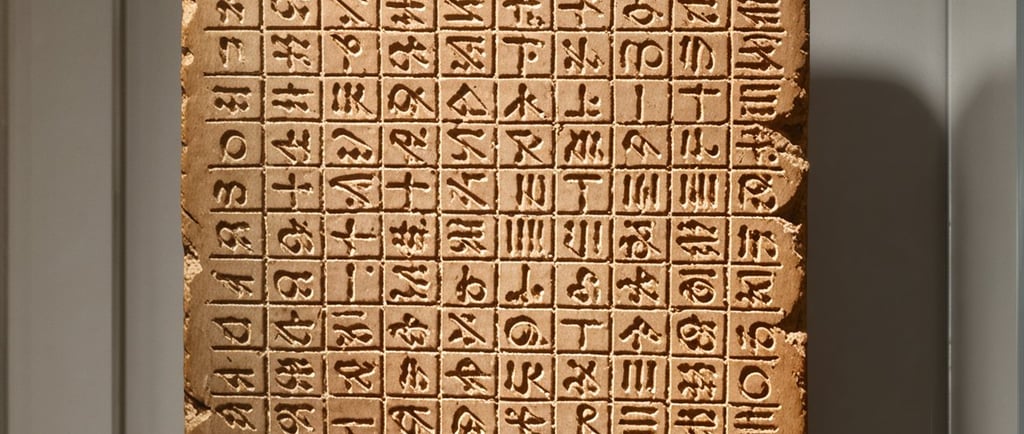IM 67118: The Ancient Tablet that Precedes Pythagoras


Introduction to IM 67118
The IM 67118 tablet, a remarkable artifact from ancient Babylon, is a testimony to the sophistication of early mathematical understanding. Estimated to be about 3,700 years old, this clay tablet showcases a working knowledge of geometrical concepts, particularly the Pythagorean theorem, a full millennium before the famed Greek philosopher Pythagoras. Such discoveries transform our understanding of mathematics' origins, illustrating a rich mathematical heritage that predates widely-known historical figures.
The Pythagorean Theorem in Ancient Times
What makes the IM 67118 tablet so crucial in the history of mathematics is its early demonstration of the Pythagorean theorem, a fundamental principle in geometry. The tablet features calculations that illustrate relationships between the sides of right triangles, laying the groundwork for a deeper exploration of geometry and algebra in subsequent civilizations. The usage of base-60 math on this tablet reflects the Babylonians' advanced numerical system, which significantly influenced modern concepts of time and angles, including the division of hours into 60 minutes and circles into 360 degrees.
Plimpton 322 and the Teaching Methodology
Furthermore, the IM 67118 tablet sheds light on the existence of Pythagorean triples that were recognized in ancient Babylonian mathematics, particularly observed in another artifact known as Plimpton 322. This tablet comprises a list of Pythagorean triples, showcasing a structured approach to mathematical teaching. These artifacts reveal the sophisticated methodology employed by Babylonian mathematicians—beyond rote memorization, they engaged in a comprehensive understanding of number relationships and geometry.
The methodology evidenced in the IM 67118 tablet, paired with Plimpton 322's mathematical insights, illustrates a pedagogical approach that intertwines theoretical knowledge with practical application. Such duality not only highlights their understanding of mathematical concepts but also underscores an educational framework aimed at developing problem-solving skills.
Conclusion: The Legacy of Babylonian Mathematics
The IM 67118 tablet serves as a crucial piece of evidence in the ongoing exploration of the history of mathematics. It underscores the advancements made by Babylonian scholars long before the classical period of Greece and enriches our understanding of the foundational principles that underpin modern mathematics. By revealing the origins of the Pythagorean theorem, it invites us to reevaluate the historical narratives surrounding mathematical discoveries and recognize the legacy of ancient civilizations. As we delve deeper into artifacts like IM 67118, we rediscover the richness of mathematical thought that has evolved through the centuries.
